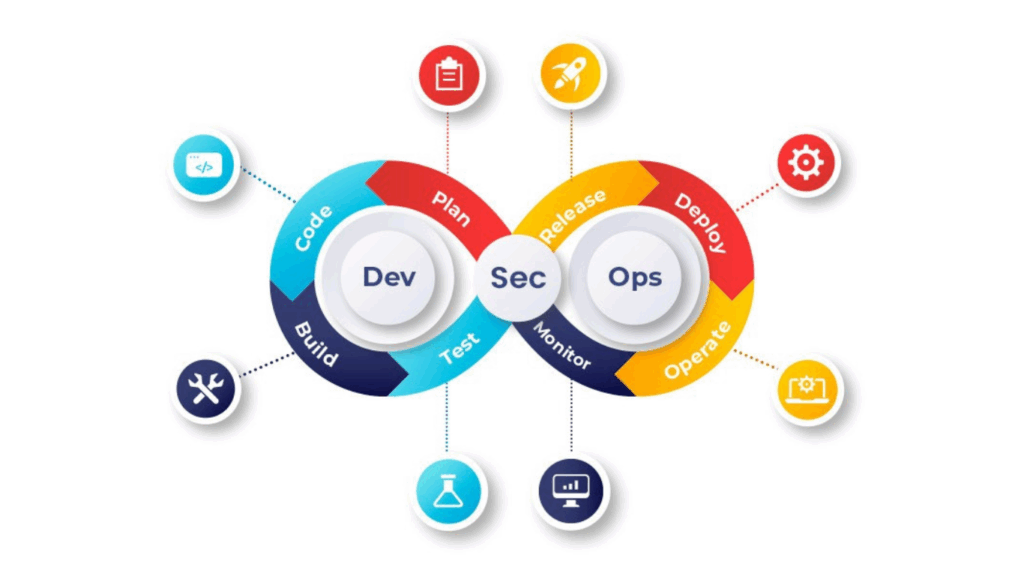Any project to produce software must include software architecture. It aids in achieving the intended system characteristics and Architecture in Java determines the software system’s structure. The Onion Architecture is one of the designs used in software architecture. This article will describe Java’s Onion Architecture. You can check the Java full course to learn more.
What is Onion Architecture?
Software architectural patterns that adhere to the Dependency Inversion Principle include onion architecture. In 2008, Jeffrey Palermo introduced it. The architecture is known as “Onion Architecture” because it surrounds the application’s core with a number of layers, just like an onion. The business logic is contained in the application’s core, which is separate from the infrastructure and the user interface. The core layer supports the infrastructure and user interface layers.
The foundation of onion architecture is the idea of separation of concerns. It divides the application into layers according to their duties. Each layer is accountable for a certain task, and there is a distinct division of responsibilities among the layers. As a result, the application is more maintainable, understandable, and modular.
The Layers of Onion Architecture in Java
A four-layer onion architecture is used. They are as follows:
1.Domain Layer
The domain layer is often where the business logic is kept in an application built using the Onion Architecture in Java . It serves as the application’s central component and is unrelated to either the user interface or the supporting infrastructure. The entities, services, and interfaces needed by the application are specified in the domain layer. The state and behaviour of the application are kept in check by the domain layer.
2.Application Layer
The application-specific logic is located in the application layer. It is in charge of organising the communication between the Infrastructure layer, the User Interface layer, and the Domain layer. Using the services and interfaces offered by the Business layer, the Application layer specifies the use cases for the Application and implements the Business logic.
3.Infrastructure Layer
The implementation of the services and interfaces defined by the Domain layer is provided by the Infrastructure layer. Its job is to communicate with other systems, including databases, message systems, and other services. The User Interface layer is also implemented by the Infrastructure layer. The infrastructure required to support the application is provided by the Infrastructure layer, which is dependent on the Domain layer.
4.User Interface Layer
The information is presented to the user and input is taken from the user by the User Interface layer. It may take the form of a desktop, mobile, or web application. Utilising the services and interfaces that are offered by the Application layer, the User Interface layer interacts with the user.
Benefits of Onion Architecture
1.Separation of Concerns
The program is divided into layers depending on their respective tasks using an onion Architecture in Java . The application is more modular and simple to understand as a result of this division. Each layer is accountable for a certain task, and there is a distinct division of responsibilities among the layers.
2.Testability
The program is easier to test because of the onion architecture. The Infrastructure layer and User Interface layer are not necessary for testing the Domain layer, which houses the business logic. The testing process can be accelerated and made more effective by employing mock objects to test the application layer.
3.Reliableness
The application is easier to maintain because of the onion architecture. The application is simpler to alter and maintain due to the obvious division of responsibilities between the levels. There is less chance of introducing bugs into the system because changes made to one layer do not affect the other layers.
4.Versatility
Application implementation flexibility is offered by the onion architecture. The User Interface layer and the Domain layer are unaffected by changes to the Infrastructure layer’s implementation. Due to this, there is flexibility in the technologies and platforms that can be used to develop the application.
5.Scalability
The application is more scalable because of onion architecture. By adding extra application instances, it is simple to scale the domain layer, which houses the business logic. In order to meet the increased traffic, the Infrastructure layer may also be scaled easily by adding additional servers or resources.
Challenges of Onion Architecture
1.Learning Curve
A solid grasp of software architecture ideas and design patterns is necessary for onion architecture. It may be difficult for developers to construct and maintain an application built using the Onion Architecture if they are unfamiliar with these ideas.
2.Growing Complexity
The application becomes more sophisticated due to the addition of extra layers provided by the onion architecture. Compared to other architectural patterns, developing an application based on the onion architecture could take longer.
3.Added Code Requirements
The layers of the application must be implemented using additional code in the onion architecture. Because of the larger codebase and greater code overhead, the application may become more challenging to maintain.
Conclusion
An application is divided into layers according to their respective tasks using the software architecture pattern known as the “onion architecture.” It is built on the notion of Separation of Concerns and adheres to the Dependency Inversion Principle. The Domain layer, Application layer, Infrastructure layer, and User Interface layer are the layers of the Onion Architecture.
Separation of concerns, testability, maintainability, flexibility, and scalability are a few advantages of the onion architecture. It does, however, come with some difficulties, such as a learning curve, higher complexity, and more code to write.
Overall, Onion Architecture is a practical approach for creating modular, understandable, and maintainable software programs especially in Java. Complex applications that need scalability and flexibility benefit the most from it. Java developers may produce high-quality applications that satisfy the needs of their customers and stakeholders by adhering to the concepts of the Onion Architecture. Check out the advanced Java course to learn more.





























